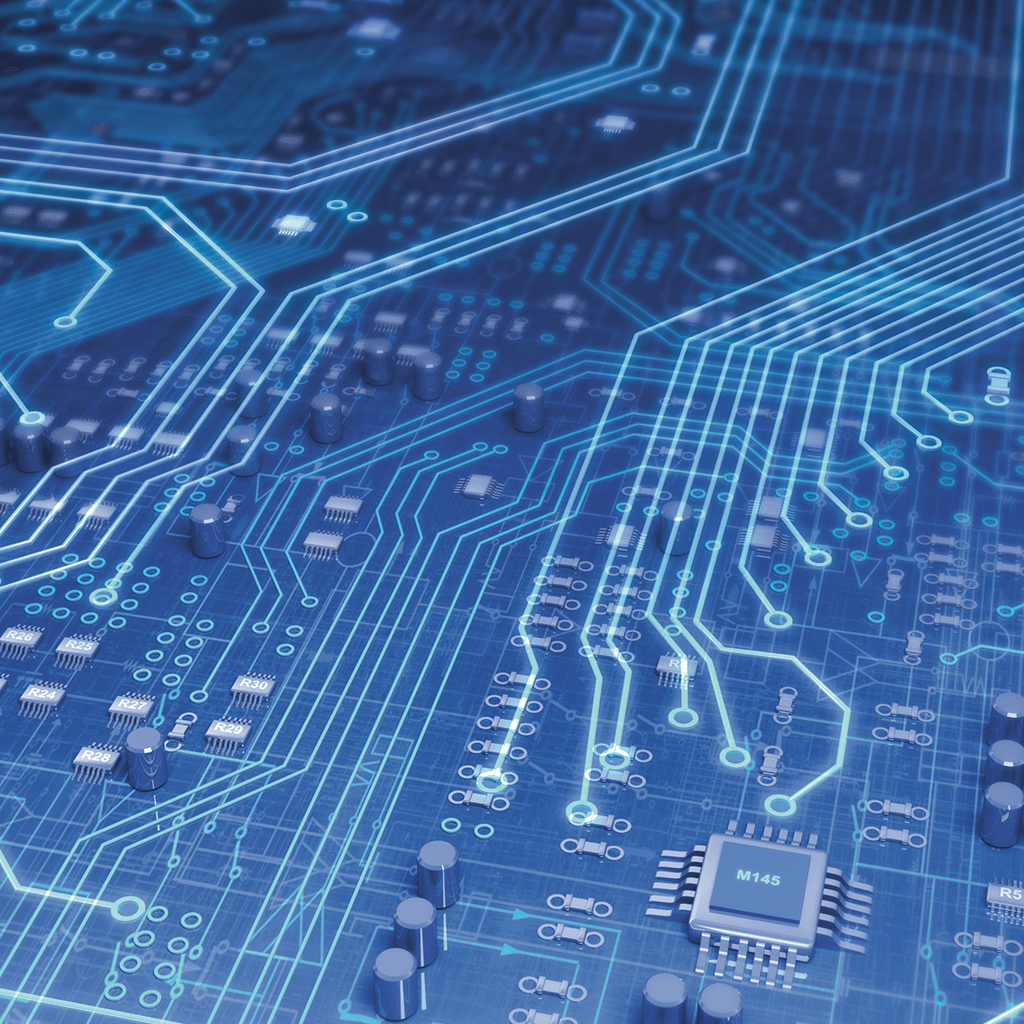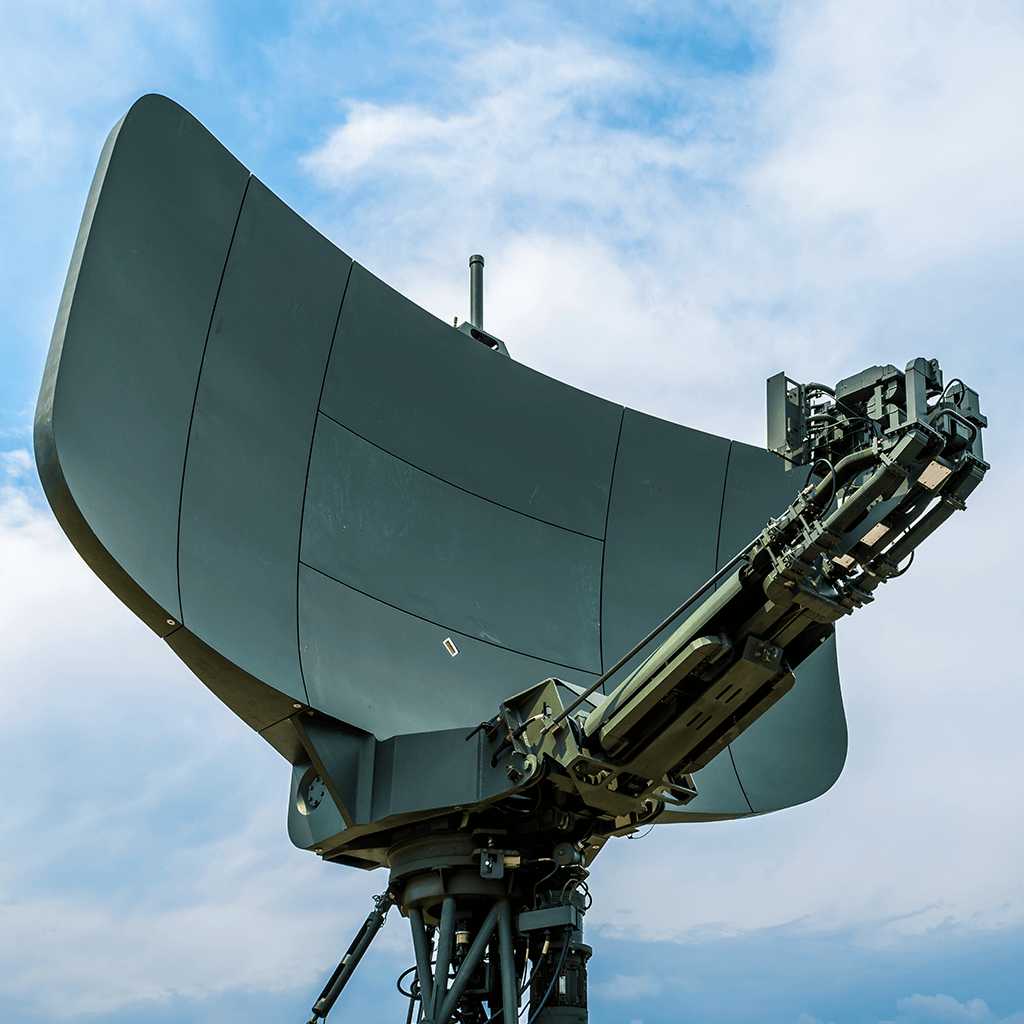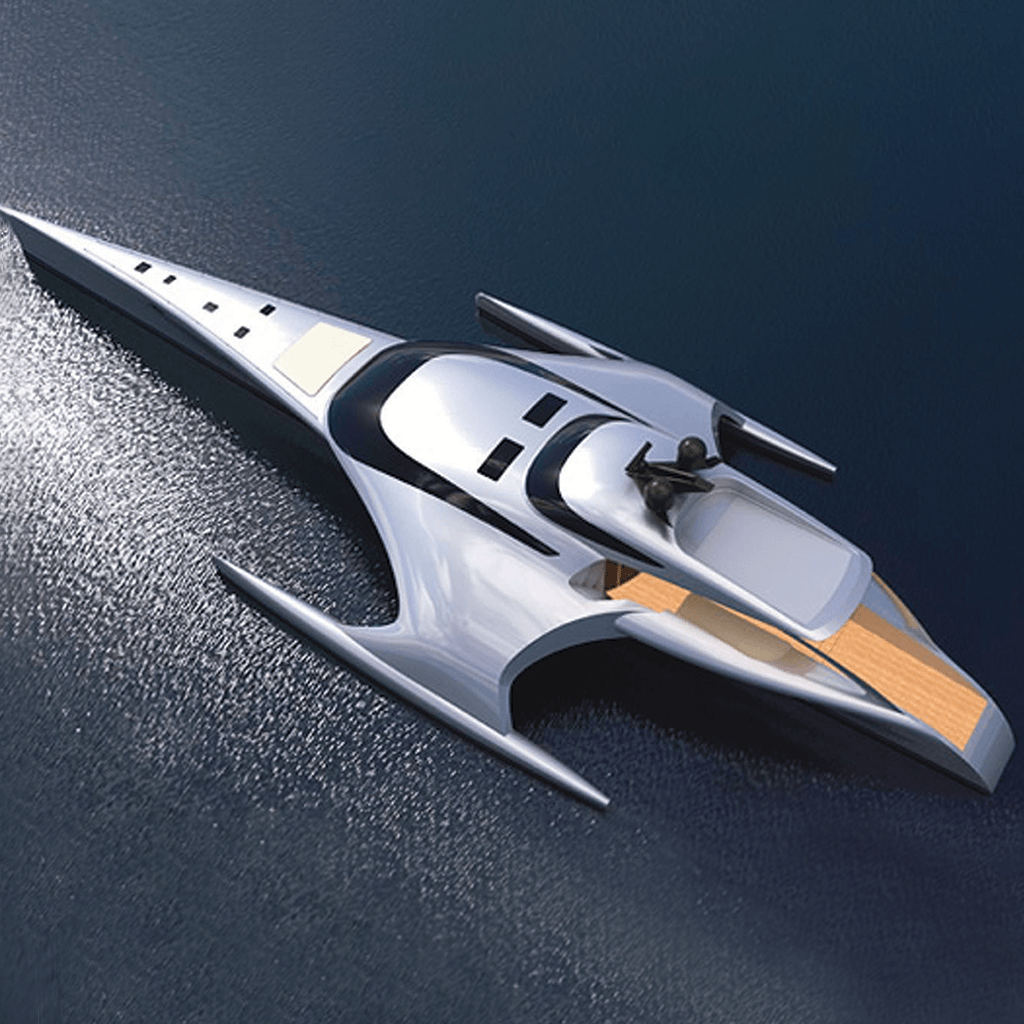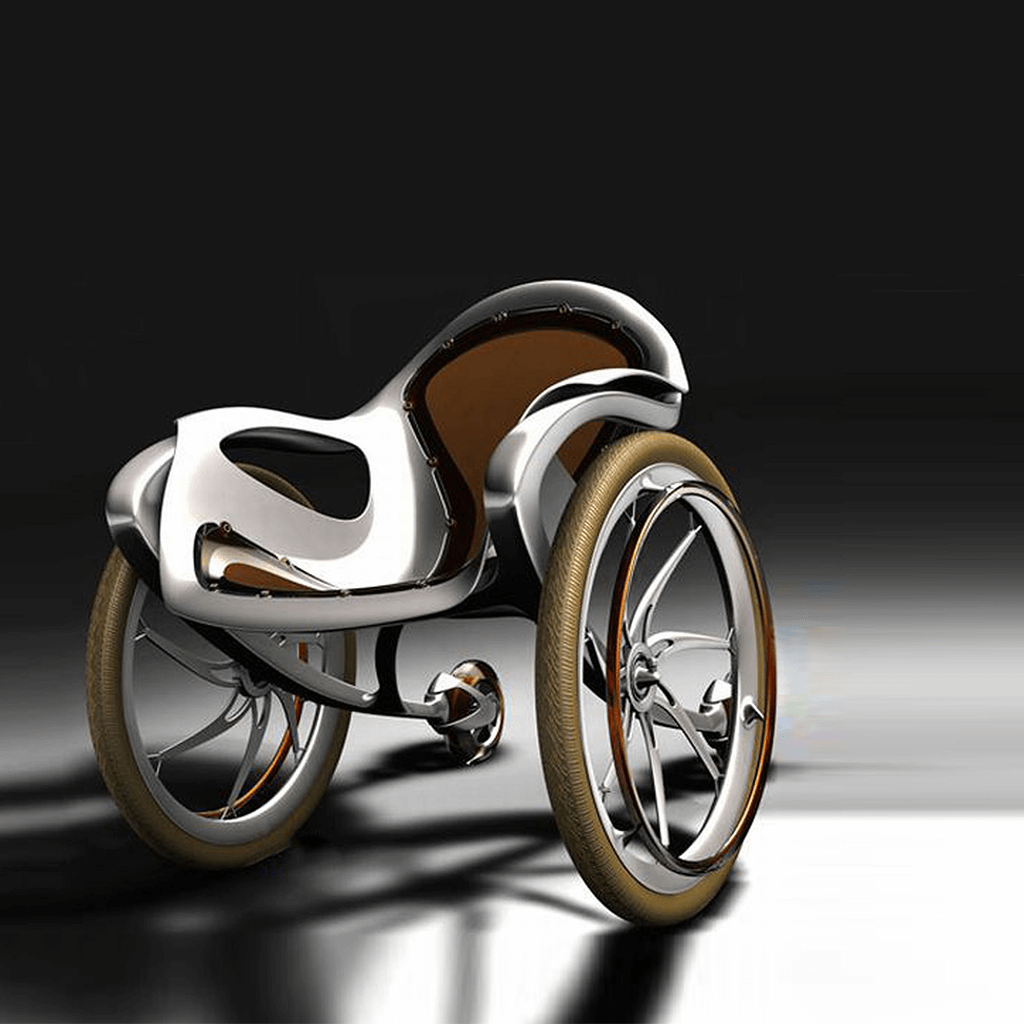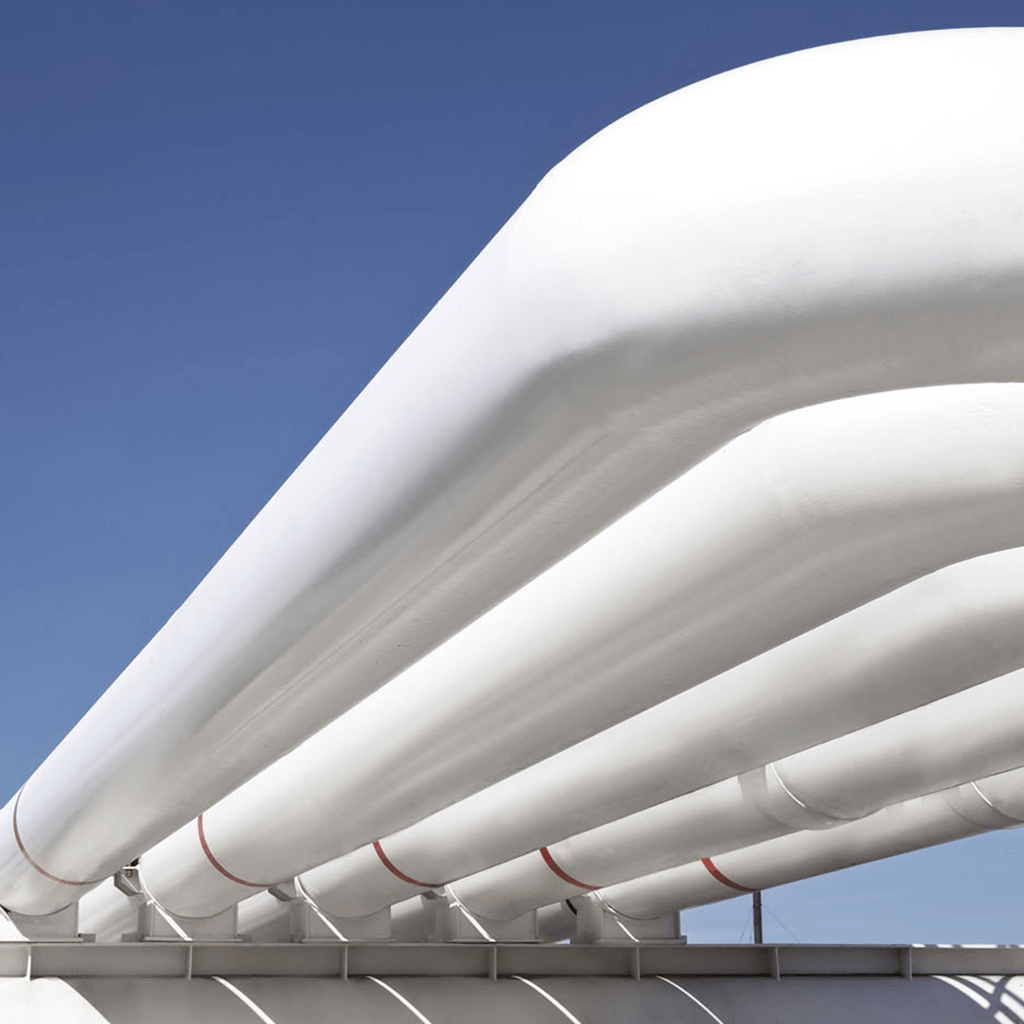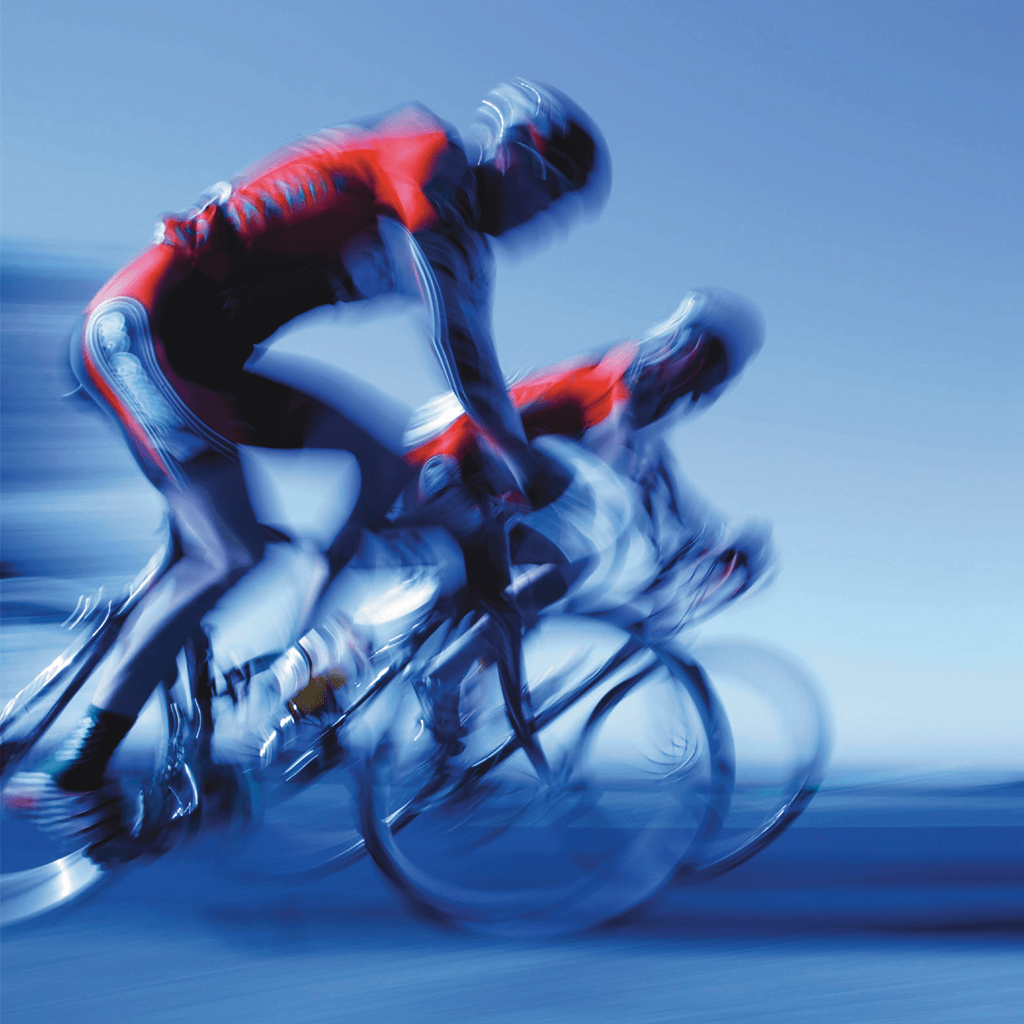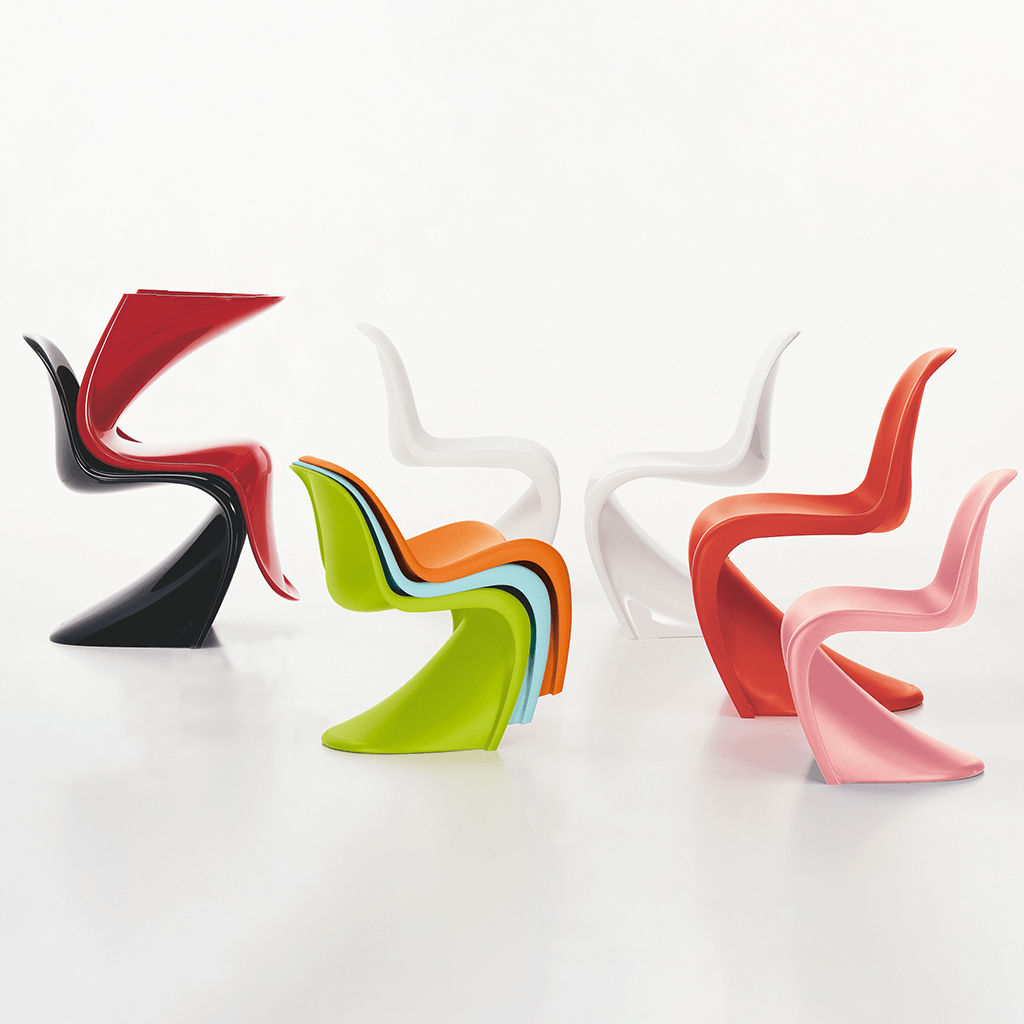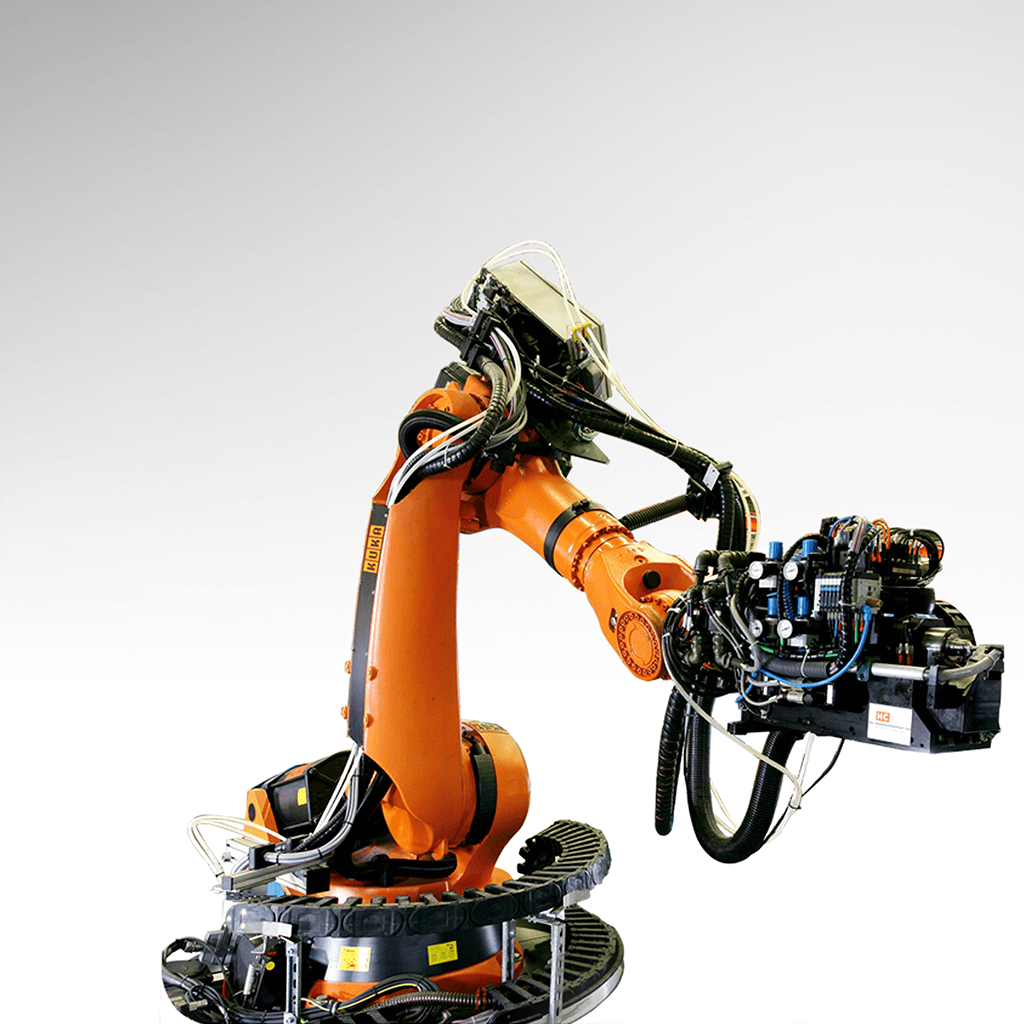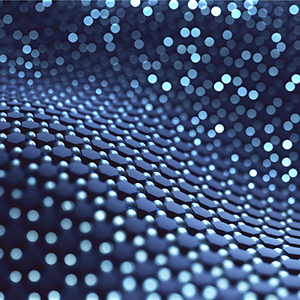[BEST OF 2023] Ultra high-rate composite deposition system on track to beat lay-up target by 75%
How do we deliver a step-change in the volume of composite material we can deposit at any given time? It is one of the key challenges the National Composites Centre (NCC) are tackling at – and they have made significant progress.
![[BEST OF 2023] Ultra high-rate composite deposition system on track to beat lay-up target by 75%](https://www.jeccomposites.com/wp-content/uploads/2023/01/NCC-630x500.jpg)
Increasing the deposition volume for carbon fibre is critical to increasing the manufacturing rate for large structures from aircraft wings to turbine blades. In development trials, their ground-breaking automated deposition system is on track to deliver a dry-fibre deposition rate in excess of 350kg per hour – which would beat their original target of 200kg per hour. As a comparison, current aerospace industry standard automated fibre placement volumes for large structures are in the region of around 50kg per hour.
The Ultra High-Rate Composite Deposition system (UHRCD) was developed by a team of NCC engineers, researchers, software architects, industrialists and textile experts in collaboration with Loop Technology, Coriolis and Güdel, and is designed to deliver a multi-sector automated deposition capability. The result is a next-generation, industrial technology demonstrator, capable of challenging product cost, weight and operational improvements. Moreover, the realisation of UHRCD, gives engineers greater flexibility in the design and development of future structures with opportunities to explore beyond conventional metallic routes.
The system has five different heads that can be used in an integrated way to cut, lift and place dry fibre materials in accordance with design requirements, giving the team options to address different industrial challenges. For example, the Dry Fibre Placement (DFP) can deposit material from a single slit tape of 38mm wide up to eight strips in a single pass and Fibre Form head can deposit material up to 5m wide and manage a ply shape down to a knife point. This has the potential to dramatically reduce the number of fabric pieces required – speeding up production time and reducing costs.
Since installation in early 2020, they have worked with Loop Technology to integrate the systems and stress-test both the hardware and software to the current level. Initial development trials for the UHRCD capability have formed part of the Airbus Wing of Tomorrow programme, and they have recently completed a third Wing of Tomorrow wing upper cover, where all automatable plies were deposited by the optimised deposition heads.
Prior to starting the third Wing of Tomorrow cover deposition, they conducted a set of development trials which looked at increasing the positional accuracy and rate of deposition for the non-crimp fabric (NCF) materials. Rate enhancement trials were also conducted as part of the Wing of Tomorrow activity – with considerable success. The potential rate of deposition increased from 0.05m/s to 0.5m/s with no detrimental effect on quality or positional accuracy.
This milestone marks a huge leap forward in composites manufacturing and will be integral to reaching future aircraft programme production rates.
Working as an integrated team, they are establishing a baseline from which further technology enhancements can be explored. Developments in software and hardware capabilities continue to provide a better understanding of how this technology can be maximised in an industrial application. NCC will be embarking on further investment over the next few years to demonstrate enhanced manufacturing readiness.
As well as the physical rate improvements, the knowledge and skills they are advancing as a team will support all their industrial partners and supply chain to meet the high-rate manufacture needs of the next generation of large composite structures.
The Ultra High-Rate Composite Deposition cell was procured as part of the £36m capability acquisition programme (iCAP), funded by the Aerospace Technology Institute (ATI). The cell was provided by consortium leader Loop Automation systems, in collaboration with Coriolis and Gudel.
